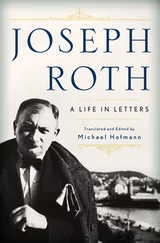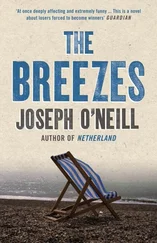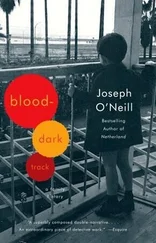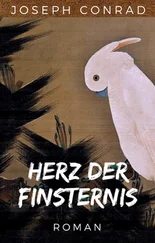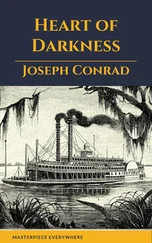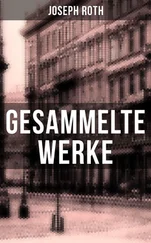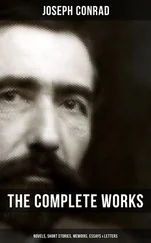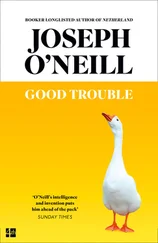I turned to see whether he was joking. He wasn’t. From time to time, Chuck actually spoke like this.
As he talked, my thoughts went from the ice on the Hudson, which struck me as a kind of filth, to the pure canal ice of The Hague. Unless I am dreaming, during most winters in the seventies the standing waters of The Hague froze over and for a few days or weeks were the scene of the playful communal activities so familiar from paintings of Dutch life through the centuries. As I sat half-listening to Chuck, what struck me most strongly about these remembered glacial shenanigans — the ice hockey, the pirouetting of a crazed dancing soloist, the hand-in-hand maneuvers of lovers, the tender pairings of tots and parents, the rich residual silence off which the shouts and laughs and clacks of sticks seemed to bounce — was their peculiar Dutchness. I was gripped by a rare homesickness. There, by the Hudson, I had what I can only describe as a flashback. What came to me was a water-filled ditch near my childhood home covered in new ice, which is black. The ditch — a sloot, as we called it — was a few blocks from home and ran between the white grass of football pitches and, on the opposite bank, the wooded dunes that held back the always-thundering North Sea. I was skating. I should have been at school, learning Greek, but like countless thirteen-year-old schoolboys before me I’d been lured by the freeze into truancy. Nobody else was around. Save for the scraping of my blades, all was noiseless. Forward I skated, past sinking alder trees, past the netless goals in the fields, past whatever else was contained in the world. I spent an hour or two like this. As my ankles grew sore and my mind turned to the inventing of excuses for my absence from school, a figure approached on the ice. For a moment I was terrified. Then I saw that this approaching skater was a woman, a woman who as she drew nearer became my mother. How she’d guessed she would find me in this lonely place is something I still cannot explain. But she had guessed, and here she came now, methodically thrusting sideways and moving with the sweet excess of physical efficiency that is the first and last bliss of ice-skating. I was busted; I thought for a moment about sprinting off. When my mother caught up with me, however, she simply said, “Would you find it terrible if I skated with you?” She and I glided side by side along the edge of the fields of white grass, our hands clasped behind our backs. We pushed in harmony, the one occasionally dropping behind the other where branches leaned into our way or when a cracking sound betrayed a stretch of thin ice. My mother, a large woman and somewhat plodding in shoes, was graceful on runners. It was she who presided over my first wobbling, upright motions on frozen water, who first placed bladed little boots on my feet and, with gentle tugs, pulled tight their crisscrossing white laces.
“OK,” Chuck said. “See that? That’s where I got my cricket idea.”
We had reached Pier 40, a brick, hulking, boxlike old shipping terminal that jutted out into the river.
“After the attacks,” Chuck said, “this was where the Humane Society of New York started up an emergency triage, practically from day one.” We quickened away. “My God, what a scene. Cats, dogs, guinea pigs, rabbits, pigs, lizards, you name it, they were all here. Cockatoos. Monkeys. I saw a lemur with a corneal inflammation.” Chuck volunteered his services and was put to work “re-homing” the pets. “It was a wonderful experience,” Chuck said. “I made friends with people from Idaho, Wisconsin, New Jersey, New Hampshire, North Carolina, Ireland, Portugal, South Africa. People from out of state came for a couple of days and ended up spending weeks here. Tourists that were vets, even regular tourists, gave up their holidays to help out. And we weren’t just looking after the animals. Right over there, you had a feeding area for the rescue personnel, and food and clothing: men would work for days without stopping and their boots and coats would be destroyed.” Chuck said simply, “I think for many of us it was one of the happiest times of our life.”
I believed him. The catastrophe had instilled in many — though not in me — a state of elation. From the beginning, for example, I’d suspected that, beneath all the tears and the misery, Rachel’s leaving had basically been a function of euphoria.
Now we were passing the great downtown vacancy, lit up like a stadium by the faint glow of construction floodlights, and the doomed Deutsche Bank Building on Liberty Street, which, with its mournful, poetical drape of black netting, was the object on which the eye helplessly rested.
“Anyhow,” Chuck continued, “inside the pier is a giant courtyard with two artificial soccer fields. When I found out the whole place was slated for total redevelopment, I had an idea. Why not, I thought, why not—”
He paused and adjusted his Yankees cap. “I have a question for you.”
“Fire away,” I said.
“How many West Indians would you say lived in the New York area? English-speaking West Indians, now: I’m not talking about Haitians and Dominicans and what have you.”
I told him that I had no idea.
“Well, let me enlighten you,” Chuck said, waving to the frozen cop who guarded the Battery Tunnel turnoff. “According to the 2000 census, five hundred thousand. You can safely add fifty percent: so we’re talking about seven hundred and fifty thousand, maybe even a million, and growing. We had sixty percent growth in the 1990s alone. And by the way, West Indians have a better socioeconomic profile than Hispanics, and a way better one than African Americans. But that’s not the exciting part. The Indian”—he banged a hand against the wheel—“population in NYC has grown by eighty-one percent in the last ten years. The Pakistani”—another bang—“numbers have gone up by one hundred and fifty percent, and the Bangladeshis, wait for it, five hundred percent. In New Jersey they’re overrun with South Asians. Fort Lee, Jersey City, Hoboken, Secaucus, Hackensack, Englewood: Navratri celebrations in these towns can bring out twenty thousand people. It’s the same in New Brunswick, Edison, Metuchen. I’m telling you, I’ve done the research. I’ve got all the numbers. And if you think they’re coming to mop floors and drive taxis, you’re wrong. They’re coming to make real money — high tech, pharmaceuticals, electronics, health care. There’s almost half a million South Asians in New York alone. Have you ever visited the Newcomers School in Astoria? All the kids are from Pakistan. You know what they do in their spare time, these kids? They play cricket. They play at Dutch Kills playground, over by P.S. 112, they play in vacant lots, they play in schoolyards up and down Queens and Brooklyn. Just down the block from me, at P.S. 139, you’ll see boys and girls with cricket bats, even in the snow. If I took you there now, I could show you the wicket they’ve drawn on the wall.” He grinned. “You see where I’m going with this.”
“You want to build a cricket stadium,” I said. I made no attempt to hide my amusement.
“That’s right,” Chuck said. “But not at Pier 40. That was my first decision. There’s no way they’re going to let a bunch of black guys take over prime Manhattan real estate. Hate the word ‘stadium,’ by the way,” Chuck said importantly. We were exiting the yellow gloom of the Battery Tunnel, whose old tiled walls invariably put me in mind of a urinal. “Stadium spells trouble. Just ask Mike Bloomberg. I’m talking about an arena. A sports arena for the greatest cricket teams in the world. Twelve exhibition matches every summer, watched by eight thousand spectators at fifty dollars a pop. I’m talking about advertising, I’m talking about year-round consumption of food and drink in the bar-restaurant. You’re going to have a clubhouse. Two thousand members at one thousand dollars a year plus initiation fee. Tennis, squash, ten-pin bowling, indoor facilities, a gymnasium, a swimming pool, a sports bar: something for everyone. But at the center of it, cricket. The only true cricket club in the country. The New York Cricket Club.”
Читать дальше
Конец ознакомительного отрывка
Купить книгу

